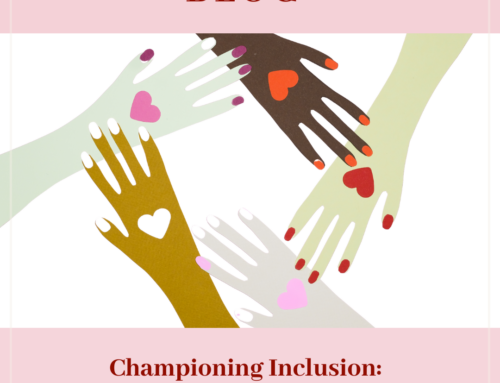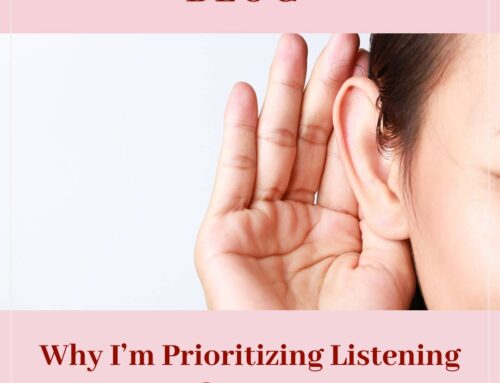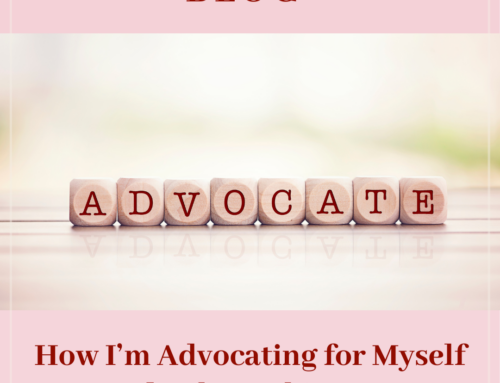I often hear that women need more mentorship from men and women leaders to advance their careers. While this is true, women need more than mentorship alone. Women need sponsorship, too!
Mentorship vs. sponsorship
What is the difference between “mentorship” and “sponsorship”?
There are a few critical distinctions between the roles. Mentorship is about advising. They help by guiding behind the scenes. Sponsorship, on the other hand, is about acting. Sponsors support individuals they believe in by publicly advocating them when they are not in the room.
In her Harvard Business Review article, organizational behaviour expert Herminia Ibarra succinctly describes the difference between sponsorship and mentorship. She writes, “While a mentor is someone who has the knowledge and will share it with you, a sponsor is a person who has power and will use it for you.”
In her New York Times op-ed, Sylvia Ann Hewlett explains the difference between sponsors and mentors this way:
“Mentors act as a sounding board or a shoulder to cry on, offering advice as needed and support and guidance as requested; they expect very little in return. Sponsors, in contrast, are much more vested in their protégés, offering guidance and critical feedback because they believe in them.”
The sponsorship spectrum

Still, sponsorship is not all-or-nothing. It is a spectrum that includes a range of behaviours and levels of commitment from the sponsor.
Ibarra created a robust framework for this new way of thinking about sponsorship. The spectrum begins with the level of “mentor,” then progresses to “strategizer,” “connector,” “opportunity-giver,” and finally “advocate.” As the commitment and the publicity of the relationship increase, so does the level of sponsorship.
Ibarra’s model is effective because it allows for various degrees of dedication from the mentor or sponsor, and it tends to lead to better outcomes than a typical mentorship program. Best of all, Ibarra tells us that the relationships in the middle of the spectrum often grow, eventually evolving into full sponsorship over time.
Sponsorship in action
Sponsorship can seem like a significant commitment compared to a traditional mentorship arrangement, but it can be simpler than one might think. As mentioned above, the key is action. When an opportunity to sponsor someone arises, consider embracing it.
As Katharine Mobley explains in Forbes, “In everyday practice, sponsors model behaviour and drive the sponsored individual’s career vision, fully invested in their upward movement. Sponsors provide visibility, even using their platforms to increase exposure and help the sponsored individual build network connections.”
I have personally benefited from sponsorship numerous times throughout my career. A board colleague of mine recently sponsored me to a new board. They went the extra mile to advocate for me. Not only did they make an initial introduction to the Chair of the Board, but they also spoke positively about me to the other board members while I wasn’t in the room.
If you ever find yourself in a position where you turn down a board seat, this is the perfect time to practice sponsorship. There are many reasons to turn down a board appointment. You might be overcommitted, it might not be the type of company that interests you, or you may feel it is not the right culture fit. Whatever your reason, when you decline the board opportunity, don’t forget to recommend two to three other qualified women board candidates. As I detail in my 2019 blog “Exploring New Board Opportunities, Being Gracious in Saying ‘No,’” this approach is a gracious way to decline a board role and is a tremendous act of sponsorship for the individuals you recommend.
Men’s role in sponsorship
According to the Globe & Mail, 83% of women mentor other women in some capacity. Many women also act as sponsors for other women. It’s encouraging to see women supporting women. It is also essential to recognize that men also have a vital role to play in sponsorship.
As Hewlett explains, when we decide whom to sponsor, we tend to select people who look like us. In practice, the result is that white men often mentor and sponsor other white men.
It is clear that if we want diverse boards, we need men and women in positions of power and influence to take action.
A two-way relationship
If you are looking for a sponsor in your career, it is vital to remember that sponsorship is a two-way relationship. The relationship should be based on mutual respect and trust, and both of you should be invested in its outcome.
Hewlett notes that both parties benefit from an ideal sponsorship relationship—not just the sponsored person. Research shows that leaders who sponsor others also tend to receive more promotions and opportunities. It is the very definition of a win-win.
If someone has offered to sponsor you, remember that they are putting their name on the line by championing you. It’s up to you to follow through with their advice and work hard to keep your sponsor’s good name intact.
Conclusion
My challenge to my network? Go beyond mentorship and step up as a sponsor for a deserving woman. You might be surprised by how your influence can make a difference!
Women Get On Board’s mission is to connect, promote and empower women to corporate boards. We do so through both mentorship and sponsorship. I invite you to join our community to advance the next generation of women corporate directors.





Leave A Comment